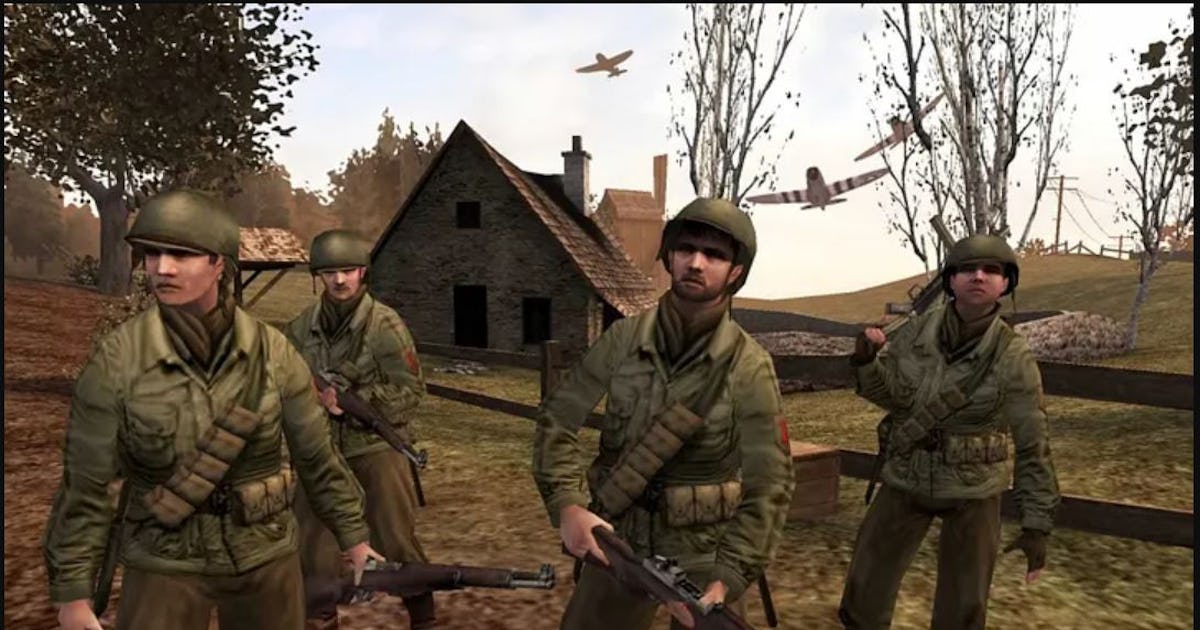
"Conventional wisdom is that history repeats itself. This may be true on the grand scale of world affairs, but it's an undercurrent in our media and culture, too. Whether we're talking about recurring characters, storied franchises, or canonical events, there's almost always a touch of the old mixed in with the new. This is especially true in gaming where successful retreads can sometimes build empires. And 20 years ago one of today's billion-dollar gaming behemoths finally started to find its identity by sticking to history."
"A lot of gamers may not remember this, but in the early 2000s the Call of Duty brand was largely defined by its PC lineage. But console players wanted their own taste of that experience. While Call of Duty 2 was technically the first console entry thanks to its Xbox 360 port, Big Red One was built with consoles in mind. And it traded the technical heft for a narrative-focused game designed to emphasize character and continuity over sheer scope."
"Instead of hopping between multiple Allied campaigns like the mainline Call of Duty 2, Big Red One stuck with a single unit: the U.S. Army's 1st Infantry Division a.k.a. Big Red One. Players followed a consistent squad through North Africa, Sicily, and across Europe, witnessing the evolution of both WWII and the soldiers fighting it. This focus on camaraderie was rare for the genre at the time."
Conventional cultural patterns of reusing past elements influence gaming franchises. Call of Duty 2: Big Red One released November 1, 2005 for PlayStation 2, Xbox, and GameCube and bridged console eras by delivering an emotionally grounded WWII narrative while preserving authenticity and spectacle. The game was designed specifically for consoles, prioritizing character and continuity over technical scope. It focused exclusively on the U.S. Army's 1st Infantry Division, following a single squad through North Africa, Sicily, and Europe to highlight camaraderie and the soldiers' evolution. That focus on consistent characters and narrative continuity was uncommon in shooters of the time and helped shape the series' identity.
Read at Inverse
Unable to calculate read time
Collection
[
|
...
]